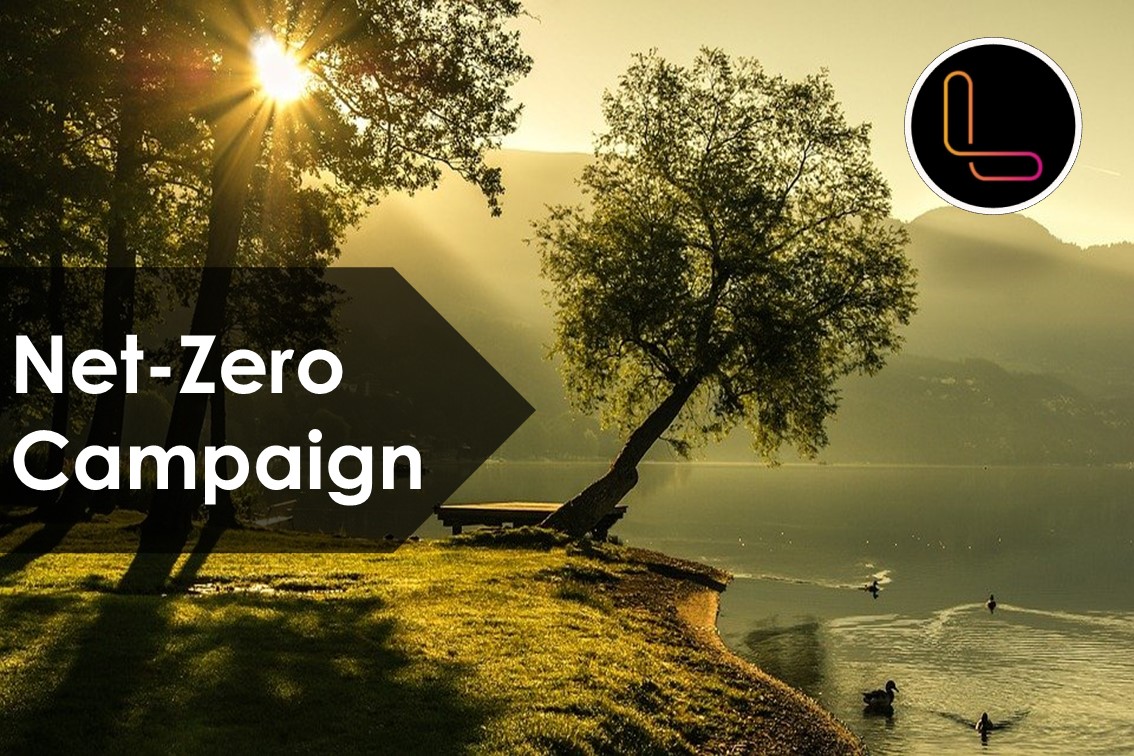
09/04/21 17:00 PM IST


What is Net-Zero?
Net-zero, which is also referred to as carbon-neutrality, does not mean that a country would bring down its emissions to zero. Rather, net-zero is a state in which a country’s emissions are compensated by absorption and removal of greenhouse gases from the atmosphere. Absorption of the emissions can be increased by creating more carbon sinks such as forests, while removal of gases from the atmosphere requires futuristic technologies such as carbon capture and storage.
This way, it is even possible for a country to have negative emissions, if the absorption and removal exceed the actual emissions. A good example is Bhutan which is often described as carbon-negative because it absorbs more than it emits.
A very active campaign has been going on for the last two years to get every country to sign on to a net-zero goal for 2050. It is being argued that global carbon neutrality by 2050 is the only way to achieve the Paris Agreement target of keeping the planet’s temperature from rising beyond 2°C compared to pre-industrial times. Current policies and actions being taken to reduce emissions would not even be able to prevent a 3–4°C rise by the turn of the century.
Why is net-zero an important target?
For the last couple of years, there has been a concerted campaign to get countries, especially the big emitters, to commit themselves to achieve “climate neutrality” by 2050. This is sometimes referred to as the state of net-zero emissions that would require countries to significantly reduce their emissions, while increasing land or forest sinks that would absorb the emissions that do take place. If the sinks are not adequate, countries can commit themselves to deploying technologies that physically remove carbon dioxide and other greenhouse gases from the atmosphere. Most of such carbon dioxide removal technologies are still unproven and extremely expensive.
Scientists and climate change campaign groups say global carbon neutrality by 2050 is the only way to achieve the Paris Agreement target of keeping global temperatures from rising beyond 2°C compared to pre-industrial times. At the current rate of emissions, the world is headed for a 3° to 4°C rise in temperatures by 2100.
When this Paris agreement signed?
Where India ranks in emission of greenhouse gases?
India, the world’s third biggest emitter of greenhouse gases after the US and China. The top four emitters (China, USA, EU and India) contribute to over 55 per cent of the total emissions over the last decade, excluding emissions from land-use change such as deforestation, the report states. If land-use change emissions were included, the rankings would change, with Brazil likely to be the largest emitter. The largest share of emissions come from the energy sector and its fossil fuel emissions. Industry produces the next largest footprint, followed by forestry, transport, agriculture and buildings. India is among a small group of countries that are on track to achieve their self-declared climate targets under the Paris Agreement with their current policies in place. However, it mentions that there are uncertainties regarding India’s emissions future, the biggest of which is how rapidly the country’s economy will grow.
Who will directly affect by China’s commitment?
How significant is China’s commitment for India ?

17 Sep
'Dehradun and several other districts in Uttarakhand have experienced very heavy rainfall over the past few days, triggering landslides in multiple areas and causing rivers to swel
Read More
08 Sep
'The Rajasthan Coaching Centres (Control and Regulation) Bill, 2025, is a significant piece of legislation passed by the Rajasthan Assembly to regulate and oversee the state's burg
Read More
28 Aug
'Recently, the Indian Space Research Organisation (ISRO) successfully carried out its first Integrated Air Drop Test (IADT-1), a crucial milestone in the preparation for the countr
Read More